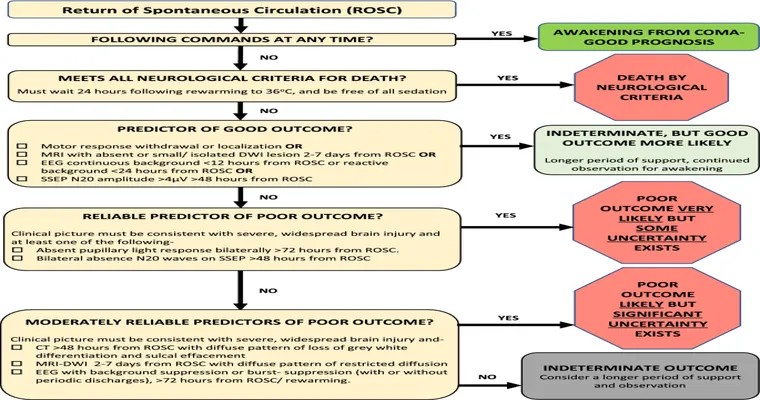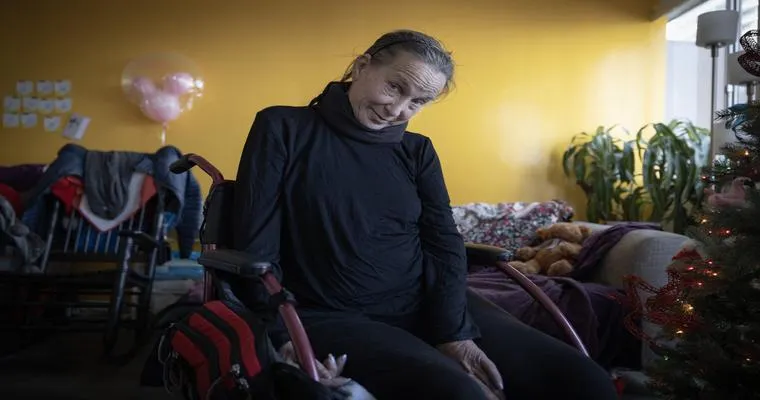When a loved one suffers from an "anoxic brain injury", the journey to recovery can be both challenging and emotionally taxing. One of the critical decisions faced by families and medical professionals is determining when to remove a "feeding tube". Understanding the signs that suggest it may be time to discontinue tube feeding is essential for making informed decisions about the patient's care.
An "anoxic brain injury" occurs when the brain is deprived of oxygen, leading to potential long-term complications. In many cases, patients may require nutritional support via a "feeding tube" while they recover. However, the decision to continue or discontinue this support can be complex. Here are some factors to consider when evaluating the need for a feeding tube after an anoxic brain injury.
Signs of Recovery
The first indication that it may be time to remove a feeding tube is evidence of recovery. If the patient shows signs of improved cognitive function, such as responsiveness, communication, or awareness of their surroundings, this may indicate their ability to eat and drink independently. Medical professionals often use assessments, such as the Glasgow Coma Scale, to evaluate consciousness and responsiveness.
Swallowing Ability
Another critical factor is the patient’s ability to swallow safely. A swallowing evaluation conducted by a speech-language pathologist can determine if the patient can consume food and liquids without the risk of aspiration. If the individual demonstrates safe swallowing capabilities, transitioning off the feeding tube may be appropriate.
Nutritional Needs
Assessing the patient's "nutritional needs" is also vital. If the individual can meet their caloric and nutritional requirements through oral intake, it may be feasible to discontinue tube feeding. Regular monitoring of weight, hydration status, and overall health can help gauge whether the patient is receiving adequate nutrition.
Quality of Life Considerations
Quality of life is an essential aspect of decision-making. Families and healthcare providers should consider the patient's overall well-being and comfort. If the feeding tube is causing discomfort or distress, and if the patient is responsive enough to indicate their preferences, it may be time to consider removing the tube.
Consultation with Healthcare Professionals
Ultimately, the decision to take someone off a feeding tube should involve a multidisciplinary team of healthcare professionals. This team often includes physicians, nutritionists, nurses, and therapists who can provide insights into the patient's condition and progress. Engaging in open discussions with these experts can help families make informed decisions that align with the patient’s best interests.
Conclusion
Deciding when to remove a feeding tube following an "anoxic brain injury" is a complex process that involves careful consideration of various factors such as recovery signs, swallowing ability, nutritional needs, and quality of life. Collaboration with healthcare professionals is crucial in making this decision. By staying informed and engaged in the care process, families can ensure that they are making the best choices for their loved ones during a challenging time.





